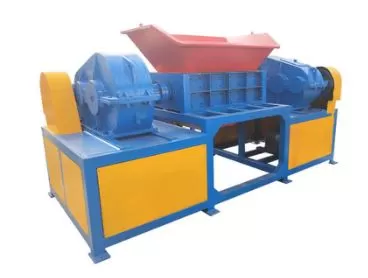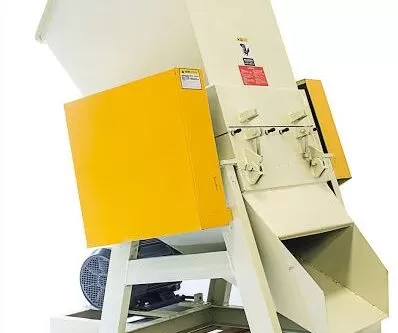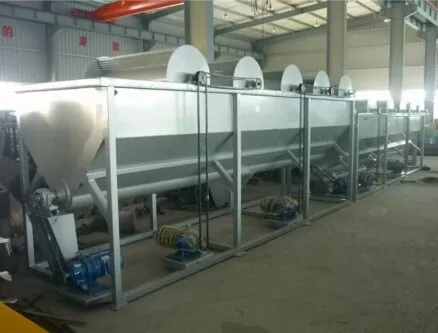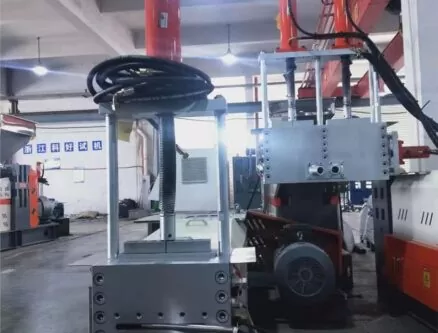I get it—you see plastic waste piling up, and you think: “Why not do something about it and make money while I’m at it?” You’re not alone. That was me, a few years ago, standing knee-deep in discarded PET bottles, wondering where to even begin. Starting a plastic recycling business feels overwhelming—permits, machinery, sourcing plastic, finding buyers. It’s a messy cocktail of confusion. But once I figured it out, I realized it’s not rocket science. It’s just recycling—with style.
Starting your own plastic recycling business requires research, the right machinery, legal compliance, a solid supply chain, and consistent output. Begin small, scale smart, and choose the right plastic type. Network with suppliers and buyers, and invest in good shredders and crushers. Trust me—it’s doable. Just don’t start without a plan.
It’s not about being a superhero. It’s about being smart, decisive, and maybe just a little bit obsessed with plastic. Let’s dive in.

What kind of plastic should I start recycling?
Not all plastics are created equal.
You’ve got PET, HDPE, LDPE, PP, PVC, PS… a whole plastic alphabet soup. But don’t try to recycle them all at once unless you enjoy chaos. I started with PET bottles—the most commonly used plastic for drinks. Why PET? Because it’s widely available, relatively easy to clean, and has a solid resale value.
Start with a plastic type that’s:
- Abundant in your region.
- Easy to collect and clean.
- Has a strong market demand.
You can expand to other types once your operations stabilize. Trust me, specializing in one material first keeps your life (and your machines) much simpler.
How do I collect enough plastic to recycle?
This one’s crucial.
You can’t recycle what you don’t have. And believe me, the big boys in this industry aren’t going to hand over their scraps.
Here are five places I’ve sourced plastic from:
- Local collection centers
- Municipal waste contracts
- Restaurants and small businesses
- Plastic buyback programs
- Schools and community drives
You can even partner with NGOs or municipalities. Sometimes they’ll pay you to take the trash.
Also, promote environmental campaigns in your area. People love to donate their guilt—and their waste.

What machines do I need to get started?
Ah, my favorite part. Machines. Shiny, noisy, and very satisfying to watch.
Here’s what I recommend:
- Plastic shredder or crusher: Reduces the plastic size.
- Washing line: Removes labels, glue, and dirt.
- Dryer: Moisture is your enemy in recycling.
- Granulator or extruder: Turns shredded plastic into pellets or filament.
- Packaging system: Optional, but neatness sells.
You don’t need a fancy full-scale factory to begin. Start with a shredder and washing unit. Rent space or set up in your backyard if regulations allow.
We at Amige sell machines tailored for starters. No plug alert—just facts.
What permits and legal stuff do I need?
Ah yes, the glamorous part—paperwork.
Before you fire up your shredder, check the following:
- Business license
- Waste management permit
- Environmental impact assessment
- Worker safety compliance (OSHA-type depending on country)
- Zoning permissions
If you’re in a developing country, some of this may be easier to obtain. But don’t skip it. Unlicensed recycling can land you in serious legal soup.
How do I make money from recycling plastic?
Short answer: By selling recycled plastic to those who need it.
You can sell:
- Plastic flakes
- Pellets
- Extruded filament for 3D printing
- Compressed bales
Your buyers? Manufacturers of textiles, packaging, furniture, construction materials, even fashion brands. The demand is huge. Especially for RPET, which is blowing up in the sustainable packaging industry.
Profit margins vary, but expect 10-25% net margins if done right. Your two biggest cost factors are:
- Labor and electricity
- Logistics and transport
Automate where you can. And always optimize the output quality—it sells for more.

How much does it cost to start?
Now we’re talking numbers.
I started with $30,000—barebones setup, one machine, used space, and a ton of sweat.
Here’s a general idea:
- Small-scale machine: $5,000 – $15,000
- Washing line: $8,000+
- Dryer: $2,000
- Legal & admin: $1,000
- Raw plastic (if you buy): Varies
- Staff: 2-5 workers initially
Total startup? $25,000–$50,000 is realistic for a modest plant.
Want something bigger? You’ll need investors or a loan. But don’t start big. Start smart.
How do I find buyers for my recycled plastic?
This was tricky at first.
But once you build a reputation, the buyers will come knocking. Here’s where I found my first clients:
- Online B2B platforms (like Alibaba, Made-in-China)
- Local manufacturers
- Plastic molders and extrusion companies
- Export agents
- Green startups looking for RPET
Offer samples. Show quality. Be consistent.
Networking in plastic trade fairs and sustainability expos works wonders. I even closed a deal at a coffee shop once—don’t underestimate serendipity!
And if you’re using Amige equipment, your output is smoother and easier to sell. Wink wink.
What are the biggest challenges in plastic recycling?
Brace yourself.
Here’s what kept me up at night in the early days:
- Dirty, contaminated plastic: Cleaning takes time and water.
- Power outages: Killed productivity.
- Inconsistent supply: Made planning impossible.
- Finding good staff: Not everyone’s cut out for this job.
- Price fluctuation: Market demand for recycled plastic is volatile.
But these are problems you can overcome. I did. We all do.
Stay flexible. Plan backups. Build good relationships—with suppliers and buyers.

How can I scale my plastic recycling business?
You’ve got the base running. Now what?
Here’s how I scaled:
- Added more machines (higher capacity)
- Bought a collection truck to control supply
- Expanded to HDPE and PP
- Hired a sales team
- Built my own product line (think recycled plastic tiles and pallets)
You can also go vertical—create your own plastic products instead of just selling pellets.
Or go horizontal—expand to neighboring towns or countries.
Scaling requires systems. If you’re a chaotic genius like me, get an operations manager early on.
Conclusion
Starting a plastic recycling business isn’t just profitable—it’s impactful. Begin with one plastic type, one machine, and one clear plan. Stay gritty, stay lean, and the business will grow. And hey—if I could do it with recycled boots and borrowed space, so can you.
